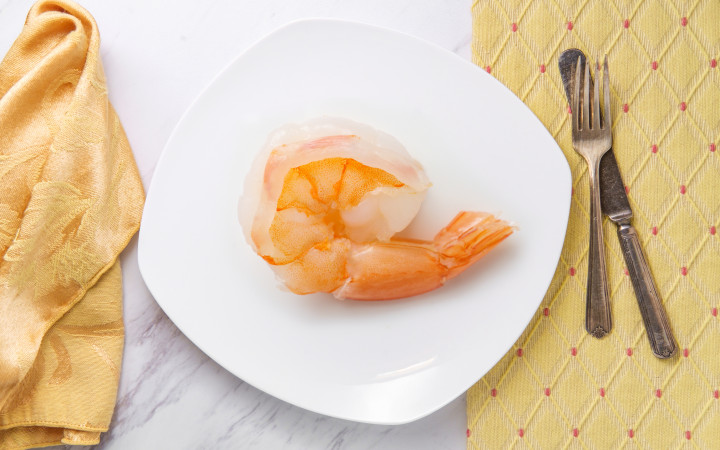Today’s Wonder of the Day was inspired by Joni from Wareham, AL. Joni Wonders, “What is an oxymoron?” Thanks for WONDERing with us, Joni!
Have you ever eaten a jumbo shrimp? Have you ever seen something that was pretty ugly? Maybe you’ve experienced loud silence or noticed someone was clearly confused. If so, you may already know a bit about the topic of today’s Wonder of the Day. That’s right! We’re learning about oxymorons.
That’s a funny word, isn’t it? Say it a few times. An oxymoron is usually made from two words that seem to have opposite meanings. Used together, though, they express one idea. The word actually comes from two Greek words. The first is “oxy,” which means “sharp.” The second is “moronos,” which means “dull.” In this way, the word itself is an oxymoron.
Oxymorons aren’t meant to be taken literally. They’re figures of speech! People use them to express thoughts or emotions that aren’t easy to explain in other ways. Writers often use oxymorons to create humor, sarcasm, or irony.
Sometimes, people confuse oxymorons with paradoxes. However, they’re not the same. A paradox is a situation in which two true facts seem to contradict each other. An oxymoron involves words used to describe an idea.
Jumbo shrimp is probably the example of an oxymoron used most frequently. There are many examples, however. A few include: virtual reality, old news, act naturally, almost perfect, clearly misunderstood, and only choice.
Often, oxymorons are used in literature to make a reader stop and think. Some may even lead to WONDER. When you start looking for them, you may start to notice these phrases all over the place. They can lead you to better understand the meaning of the person who wrote them.
Can you think of any other examples of oxymorons? We bet you can come up with some awfully good ones! Try using one or two in your next conversation. Do they help you describe what you’re talking about? These figures of speech can be a great way to explain many things!
Standards: CCRA.L.3, CCRA.L.5, CCRA.L.6, CCRA.R.1, CCRA.R.2, CCRA.R.4, CCRA.R.10, CCRA.SL.1, CCRA.SL.2, CCRA.W.4




